Affiliate links on Android Authority may earn us a commission. Learn more.
Why having no headphone jack is a good idea
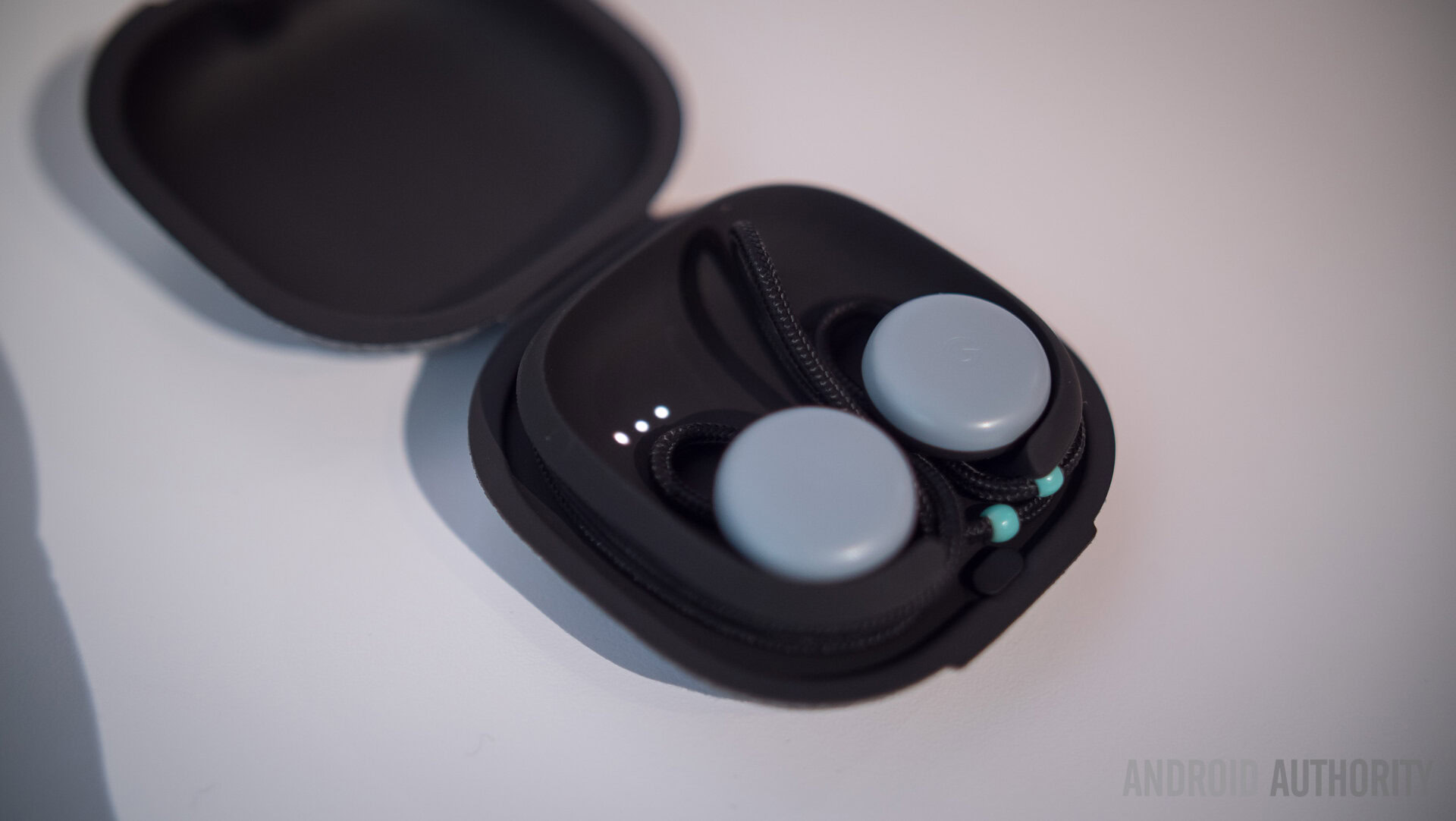
Love it or hate it, the classic 3.5mm audio jack is on the way out. It’s been completely replaced by a USB Type-C port in a number of high profile smartphone releases, which has caused considerable backlash from a number of pundits and consumers. However music fans shouldn’t despair. There’s a silver lining to this transition.
I have no counter arguments to many of the reasons why taking out the headphone jack is a bad idea. Bluetooth audio isn’t going to satisfy high-end listeners. Dongles and converters are irritating and impractical. The wired headphone market is full of great options and quality Bluetooth and USB-C models are hard to come by. There is little immediate benefit to removing the 3.5mm audio jack other than to pave the way for a potentially more convenient, higher quality future. That still might be a price worth paying.
I’m not totally convinced either, but the optimist in me sees potential in a world without the 3.5mm audio jack. Stick with me.
Bluetooth isn’t just about quality
Although Bluetooth audio quality isn’t going to satisfy picky listeners, it’s good enough for today’s average audio setup. The explosive growth in streaming services like Spotify, Pandora, and others has capped the average listening bit-rate at around 192kbps, which is a reasonably acceptable-sounding lossy compressed format. CDs or higher quality libraries have become the domain of only the pickiest listeners.
Bluetooth A2DP can already handle direct transfers of MP3 and AAC file types between devices, avoiding dreaded recompression when streaming from services like Apple Music, Amazon Prime, and Google Play. Unfortunately A2DP support for AAC and MP3 remains optional, so customers need to read headphone spec sheets closely. Decent Bluetooth codecs like aptX and LDAC can also accommodate the playback of CD quality files or higher over the air far better than lossier psychoacoustic codecs. Given that mid-range or even some high-end smartphones probably won’t provide a HiFi-grade analog signal chain, some consumers might actually be better off with near CD quality Bluetooth — assuming you have the right equipment.
Pundits often complain about Bluetooth audio quality, yet most smartphone analog signal chains aren't tailored to an audiophile experience either, what with components stuck near noisy digital signal lines.
Ideally, people should to want to hear better quality audio, but lack of access is still a problem. How do you tell good audio from bad if you’ve only ever experienced bad? As internet streaming speeds become faster and data caps increase, we’ll probably see more demand for better audio streaming in the future. For now, Bluetooth will do.
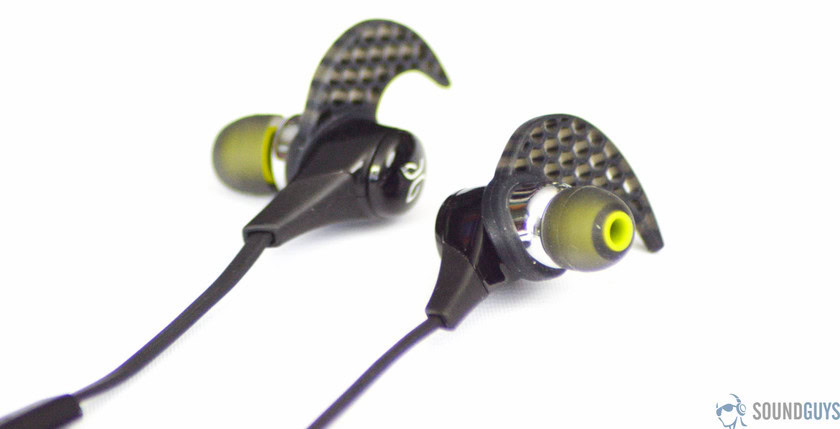
Bluetooth isn’t just about music files; it’s also about convenience. Wireless products make perfect sense for the sports market; dangling wires can get in the way while running; the listening environment is likely noisy and imperfect; and shortish bursts of listening between recharging are less of an obstacle.
In the home, the convenience of wireless multi-speaker, multi-room, and multi-user systems is an emerging trend for general consumers. If messing around with USB dongles is an inconvenience for traditional headphone users, struggling with docks and aux cables is the same for living room listeners. Wireless solves this problem very elegantly, allowing users to quickly beam audio to any speaker in their home or the audio system in their car at the touch of a button. The benefit of wireless is that it offers a quick connection to everything else rather than compete with the audiophile’s cave.
This doesn’t address battery life issues, connection drops, and the the sheer lack of choice for top quality Bluetooth headphones. All of this would be solved by including a 3.5mm jack in your phone too. But the point I hope I’ve made is that the 3.5mm jack isn’t really needed for these market segments, so why include one if you’re a forward-looking company?
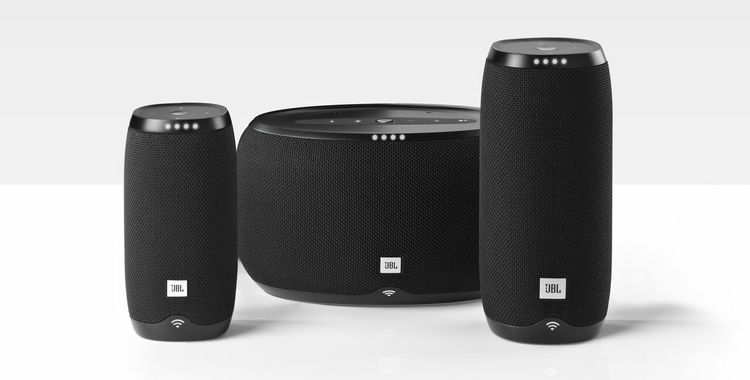
USB is perfect for audiophiles
If we reach a point where the 3.5mm jack isn’t really needed in the consumer audio market anymore, then the remaining market is the high-end audiophile crowd. However, the USB Type-C port is actually better suited to designing high-end equipment than the 3.5mm jack.
The most important and under-looked aspect of the move to USB Type-C for audio is doing away with analog audio over the connection altogether. Today’s implementation of using the side-band pins for audio and shipping phones with an adapter is a halfway house designed to appease users in transition. It’s far from ideal, but it’s the only way we’re going to start seeing mainstream USB Type-C headphones. There are already a number of promising developments with high-end feature rich USB DAC headphones, ranging in price from Sony’s $250 1ADAC through to the $1500 AKG N90Q.
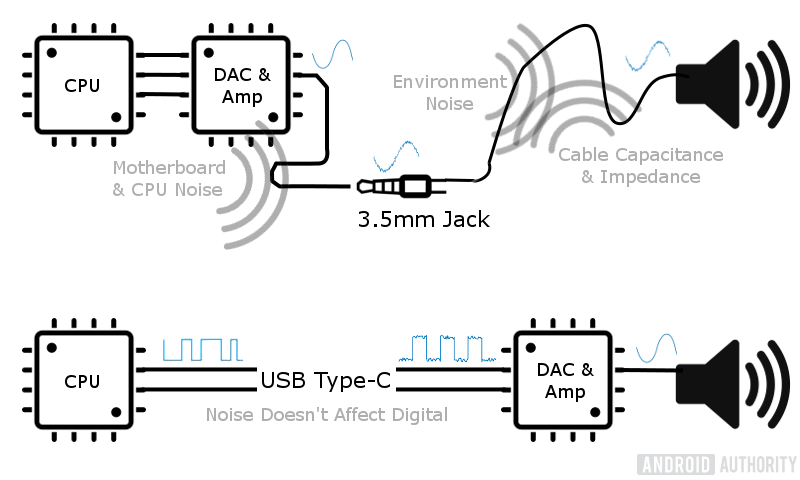
Making a high-end portable audio purchase in today’s market isn’t complicated. There are only a few choices; purchase one of the few expensive smartphones with a high-end DAC; grab a dedicated high quality portable audio player; or buy a separate USB DAC for your phone. You really only have to figure out where you want your high end converter and amplifier to be located.
The biggest problem with encouraging high-end audio adoption is the price barrier. Allowing headphone companies to handle the DAC and amp stage of portable audio will hopefully improve quality over generic circuits found in most phones.
However, this situation is complicated by other hardware decisions. Do you want to spend flagship money on a phone with a decent DAC when you’re never going to use the HDR display, iris scanner, and whatever other doodads? Are any of these devices’ amplifiers going to be able to drive my headphones properly? Am I going to need to mess around with EQ options to get the sound I want?
In the market for USB headphones, these concerns immediately disappear. The playback quality problem of your music storage device no longer exists, as the entire audio circuitry is now embedded in the headphones. This has the added benefit of putting the actual audio companies in charge of developing the audio circuitry—rather than phone developers. Who would you rather design you a high-end audio circuit, a company that has to fit it next to their noise application processor, or the audio specialists who designed the headphones actually paired with the amp?
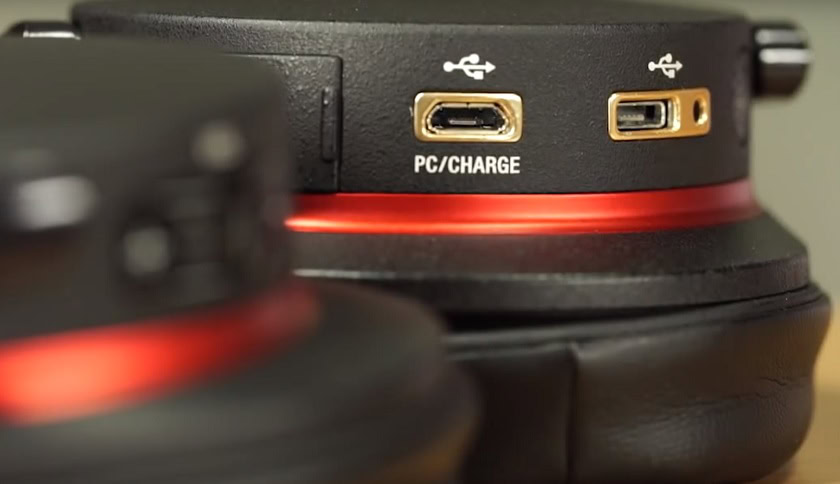
Spending a fortune on a high quality playback device and wired headphones already provides a top-notch experience, but it’s a research investment many aren’t willing to make. Purchasing a high quality setup will be more convenient and cheaper when you only need to worry about the USB Type-C headphones. That’s surely good news for the more consumer-friendly end of the market and will help raise the general perception about what constitutes good audio.
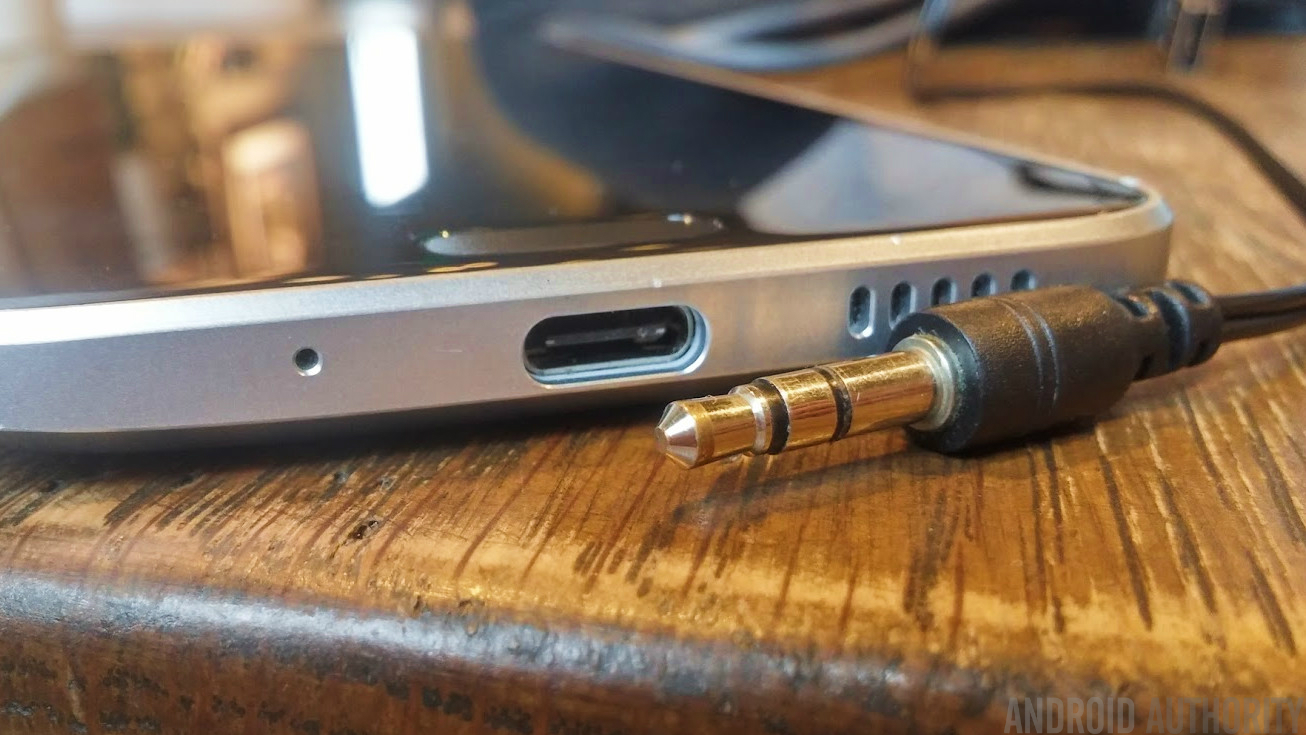
USB-C will benefit home audio and automotive setups, too. Speaker or amplifier manufacturers can provide a bespoke signal chain for the digital input— much like they already do for SPDIF— which is likely to be better quality than your average smartphone. Furthermore, USB Type-C cables will be able to charge your phone as well as transfer audio when plugged into your car or home entertainment system, which is actually one less cable than today’s USB + aux cable setup.
One step closer to the future
Both Bluetooth and USB Type-C offer consumers more than just audio over their connection; data can be sent too. Headphone manufacturers can augment the basic pause/play and volume controls that vary in compatibility with additional options, universal product support, or even voice commands. Furthermore, bringing processing capabilities into the headsets themselves paves the way for new features — like active noise cancellation, voice recognition, and custom EQ settings— and better sound quality.
All of this can still be done without having to get rid of the 3.5mm audio jack, so why take it away? Firstly, it’s expensive. Supporting the 3.5mm jack requires DAC and amplifier components that consumers may or may not use, plus space on the circuit board, R&D costs, etc. Supporting audio over USB-C only will shift consumers towards products that have their own standalone components.
The introduction of digital USB Type-C headphones will improve the typical consumer audio experience, thereby increasing demand for better streaming services, and in-turn encouraging the roll-out of better wireless audio in the long term.
Secondly, as I said before, the biggest barrier to improving audio quality more broadly is actually getting it into the hands ears of consumers. Ditching the 3.5mm jack “early” will encourage customers to buy new and hopefully better digital products a bit faster than continuing to support the legacy standard.
Those who are looking for more convenience from their audio products will find a lot to love in Bluetooth options. Meanwhile, audiophiles who previously extolled the virtues of external DACs should be ready to embrace new USB products with the potential to provide even higher quality bespoke designs.
There’s nothing wrong with being skeptical about the vested financial interests, platform compatibility, and practical limitations of making this switch so soon. There are still a lot of teething problems to sort out before I’m sold on a world sans-3.5mm jack too.